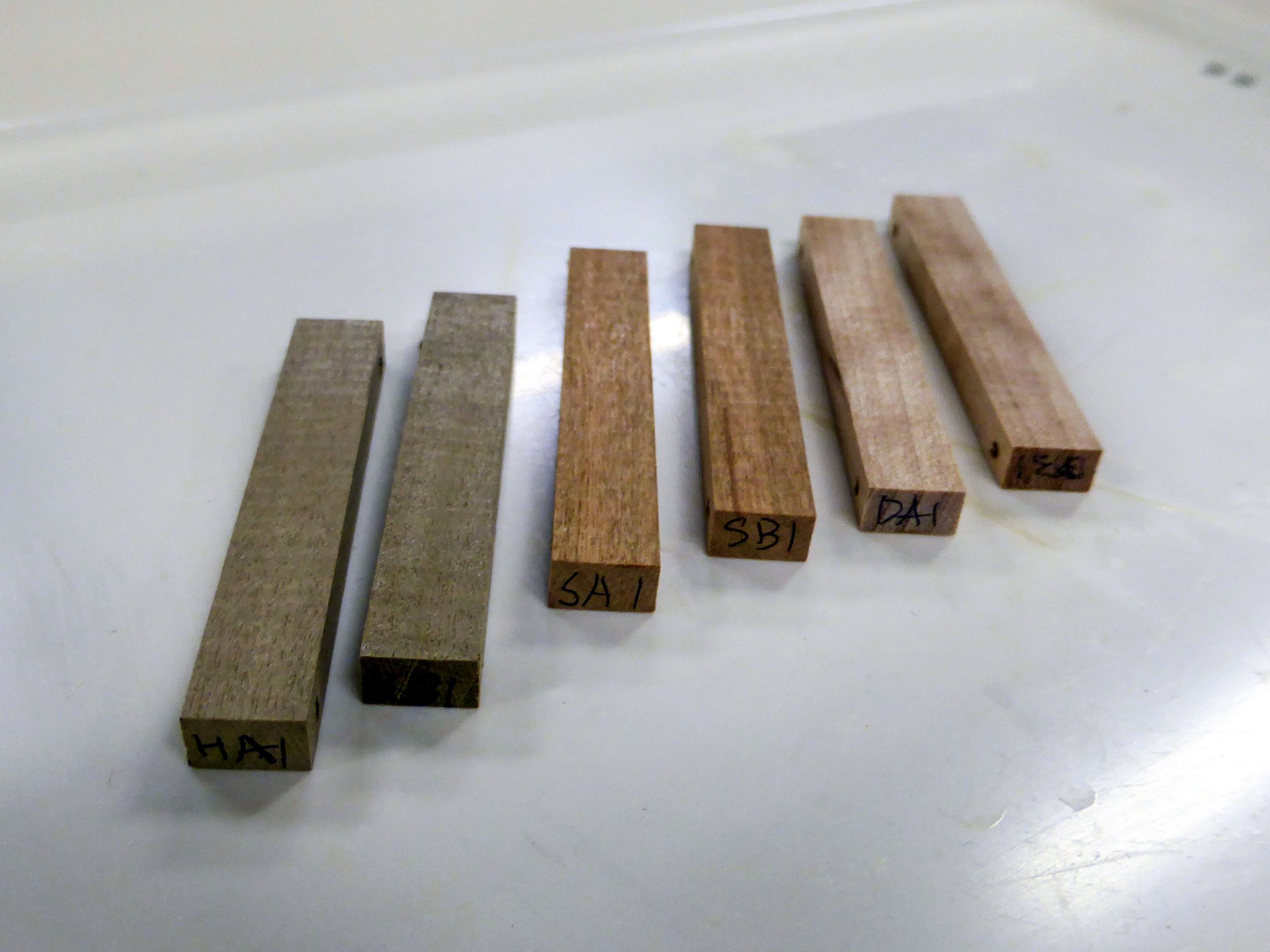Station Science Top News: Nov. 22, 2024
Space-grown crystals could lead to targeted cancer drugs
Researchers used space-grown protein crystals to determine the structure of a helix-loop-helix (HLH) peptide (one with a double helix and connecting loop) in a complex with vascular endothelial growth factor-A (VEGF). VEGF prompts the formation of new blood vessels and inhibiting it can stop tumor growth. This finding suggests that HLH peptides could be used to create drugs to target disease-related proteins like VEGF.
JAXA PCG, an investigation from JAXA (Japan Aerospace Exploration Agency), grew protein crystals in microgravity and returned them to Earth for detailed analysis of their structures. Microgravity enables production of high-quality crystals, and examining their structures supports the design of new drugs and other types of research.
Wood could make satellites more sustainable
Wood exposed to space for approximately 10 months showed no change in weight and no erosion due to atomic oxygen. This finding could inform selection of the appropriate species and thickness of wood for use in building satellites.
Metal satellites reentering Earth’s atmosphere can generate particles and aerosols that may harm the ozone layer. Wood becomes water and carbon dioxide on reentry, does not contribute to atmospheric pollution, and could provide a more sustainable option for future space exploration. JAXA’s Exposure of Wood to Outer Space evaluated how atomic oxygen, galactic cosmic rays, and solar energetic particles in space affect the mechanical properties of wood.
Analyzing glass-forming ability of magnesium silicates
Researchers report detailed structural and atomic information for glassy and liquid magnesium silicates, which are important in glass science and geoscience. The results suggest that electronic structure does not play an important role in determining glass-forming ability, but atomic structure does.
JAXA’s Fragility measured thermophysical properties such as density and viscosity of oxidized molten metals using the International Space Station’s Electrostatic Levitation Furnace (ELF) to gain insight into glass formation and the design of novel materials. The ELF makes it possible to observe the behavior of materials without the use of a container, providing information crucial for examining glass formation.





